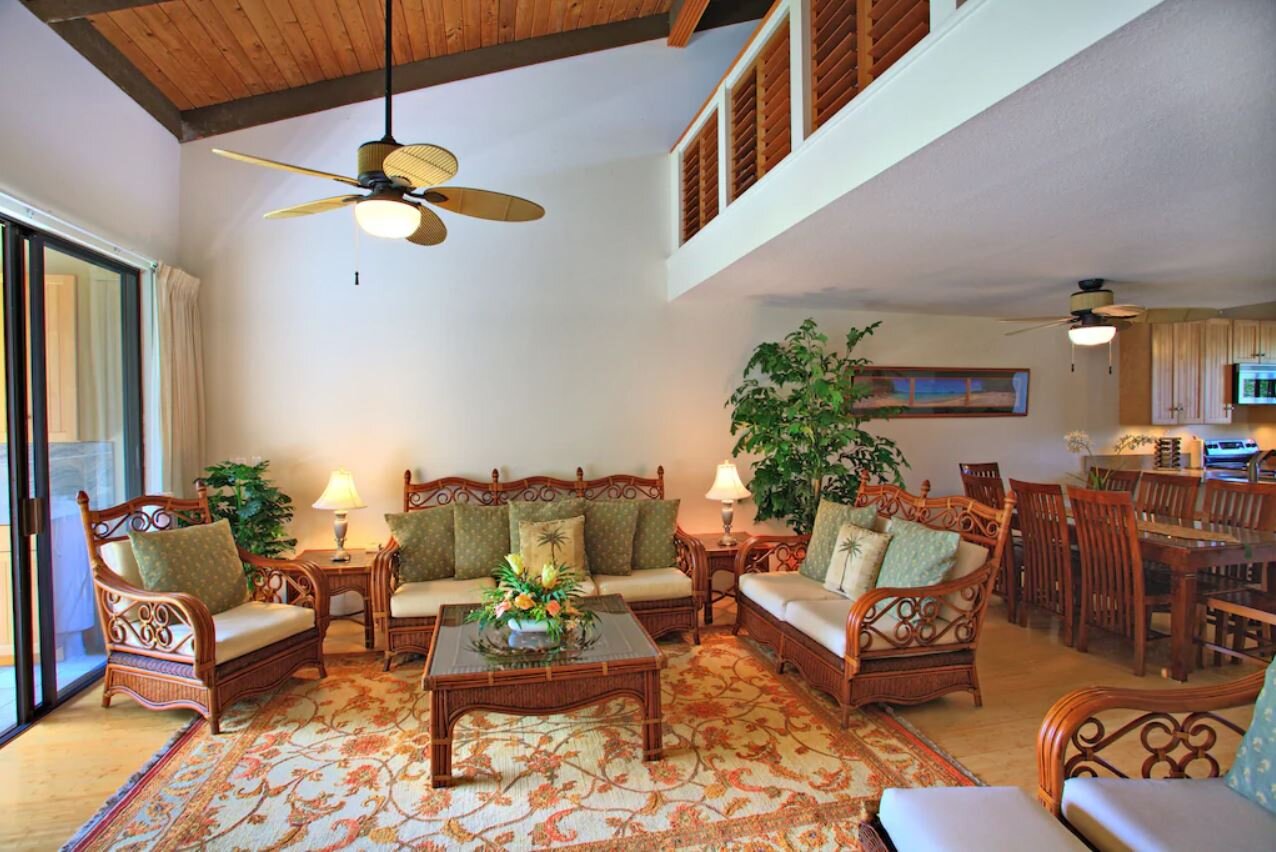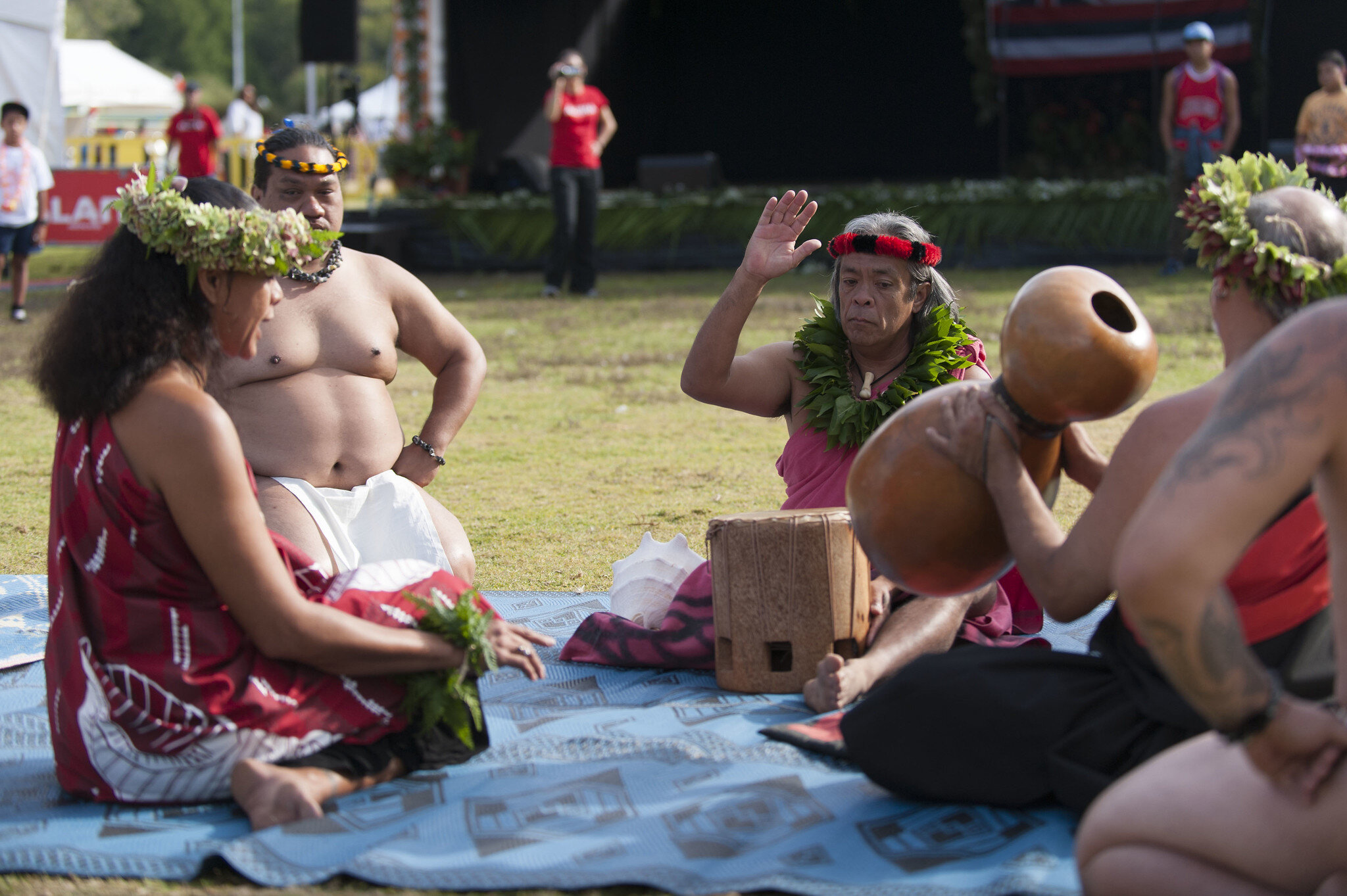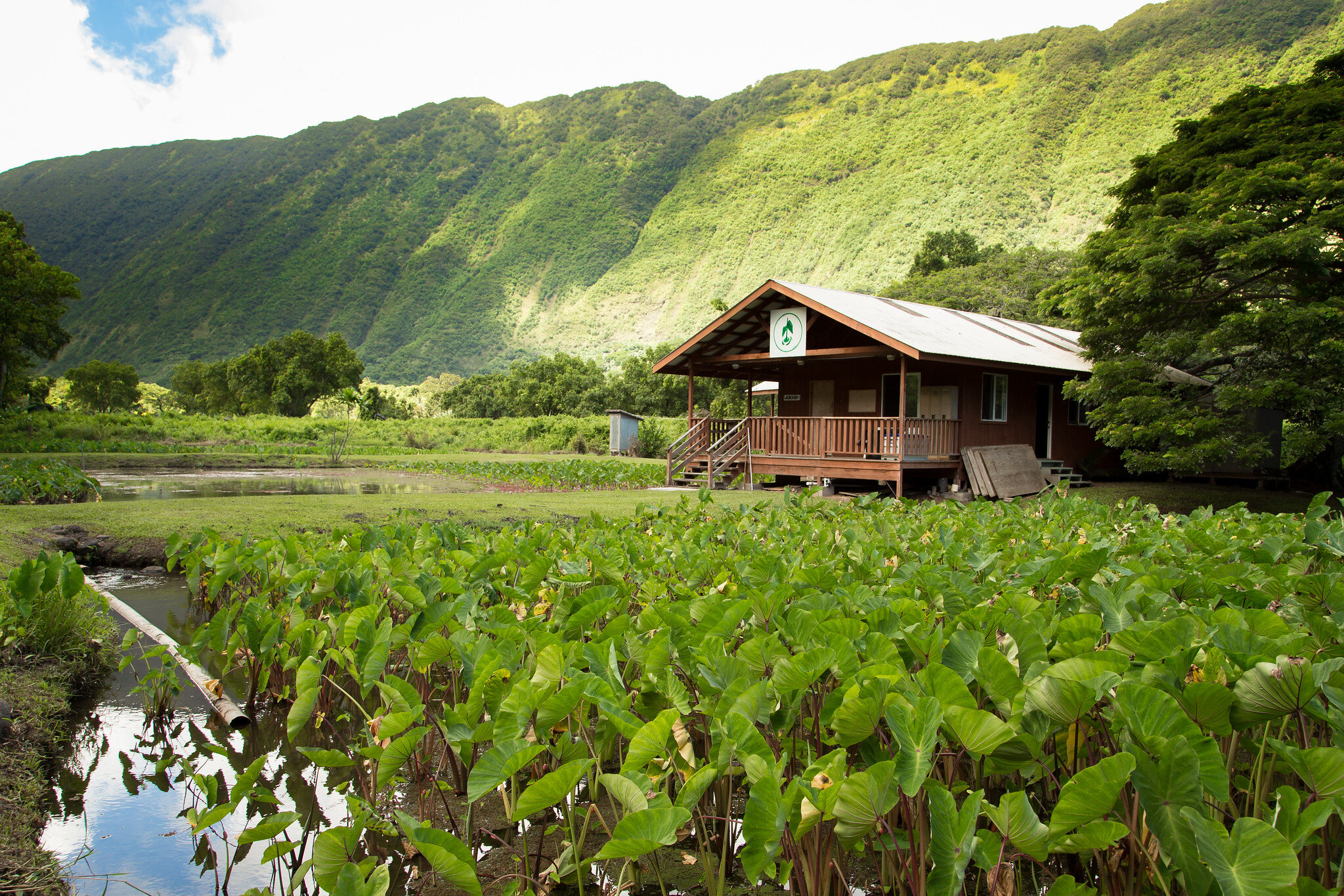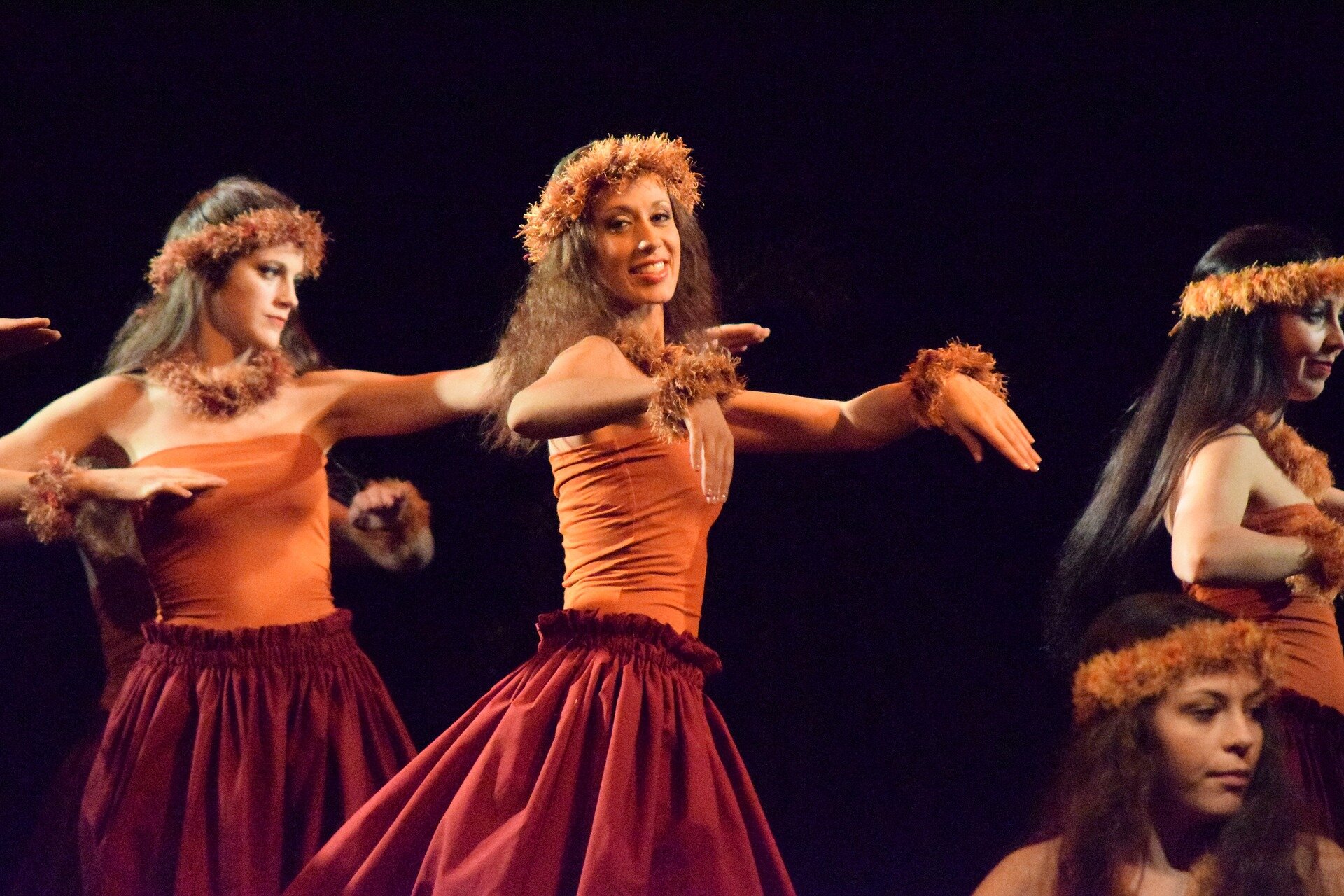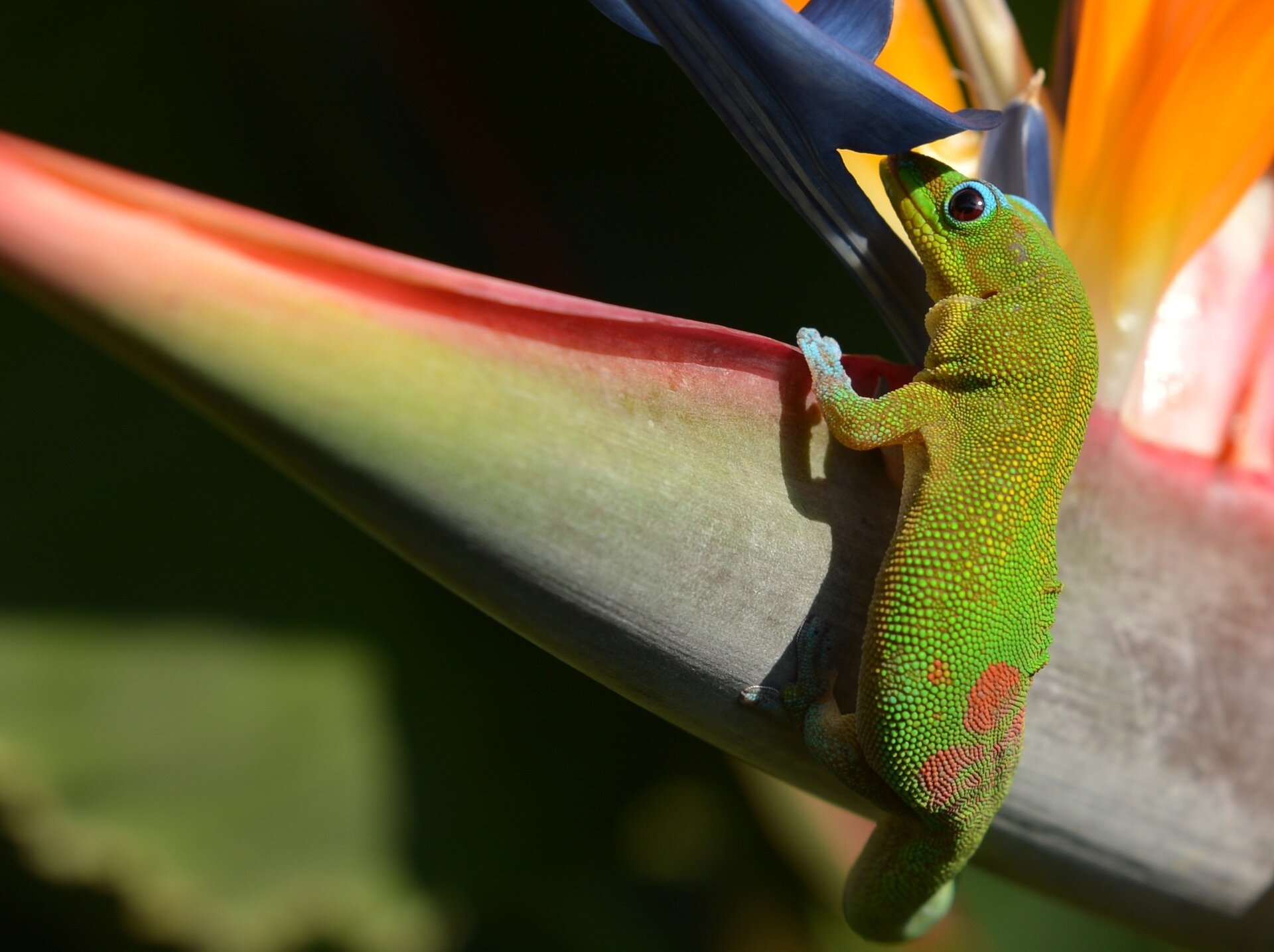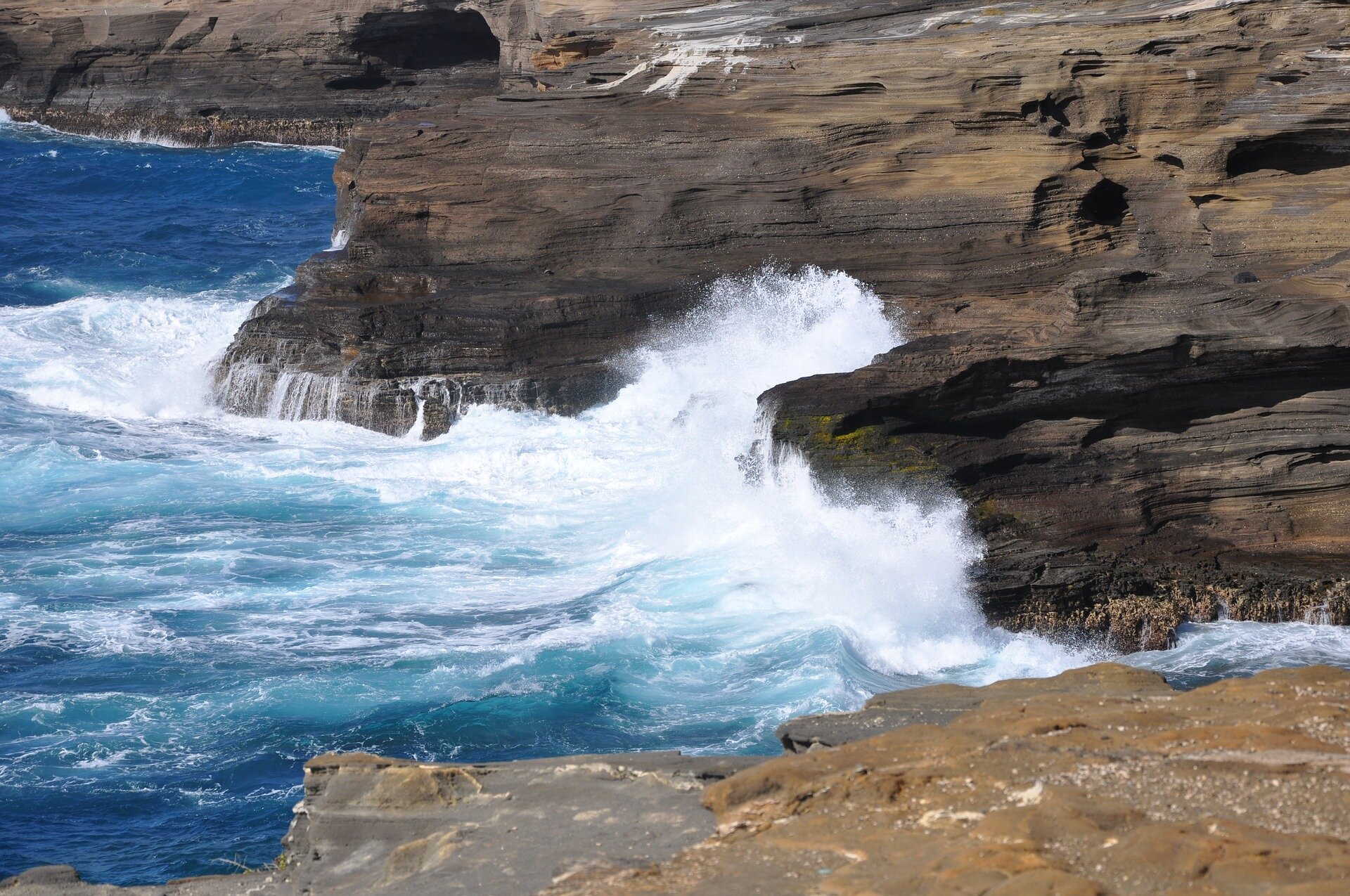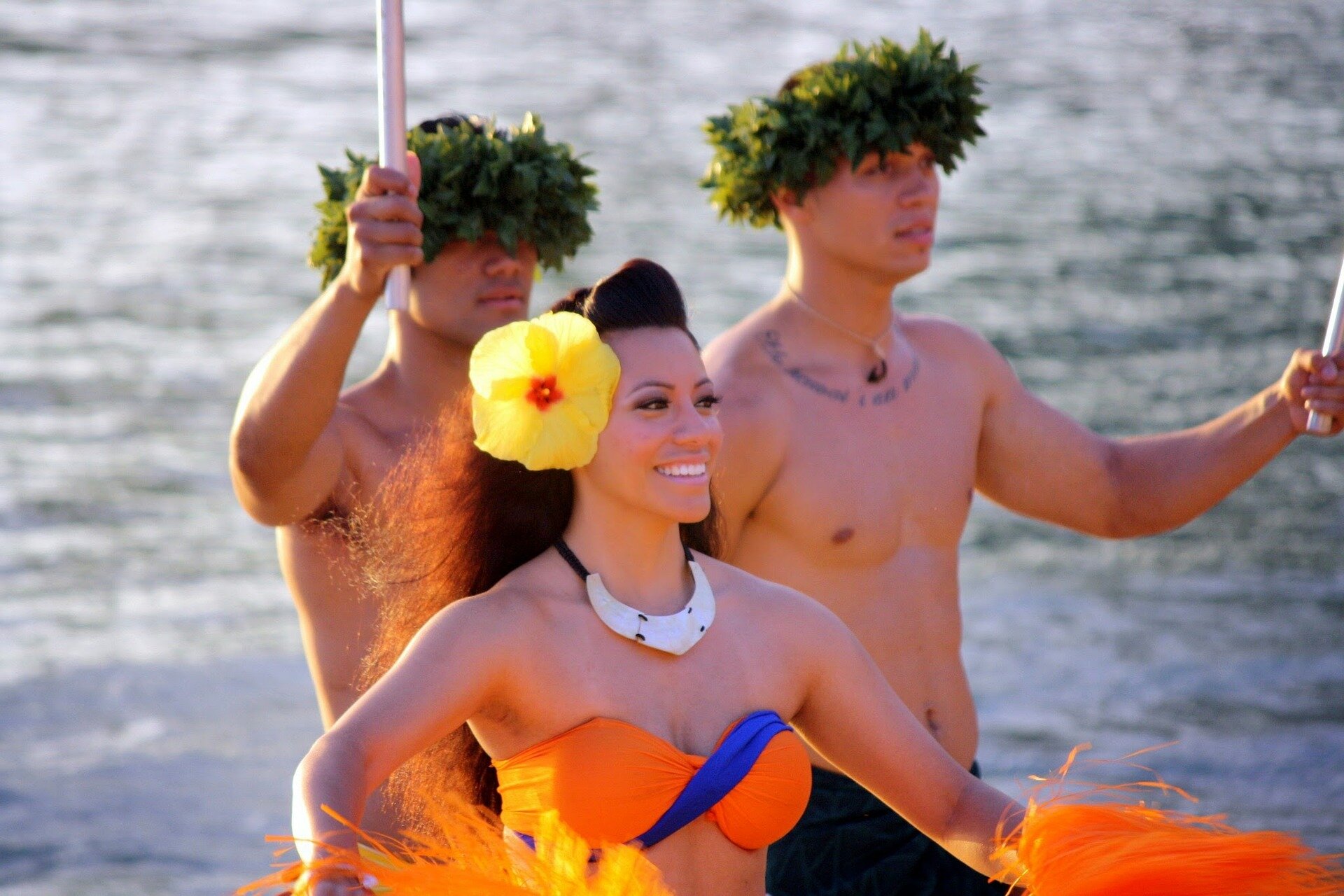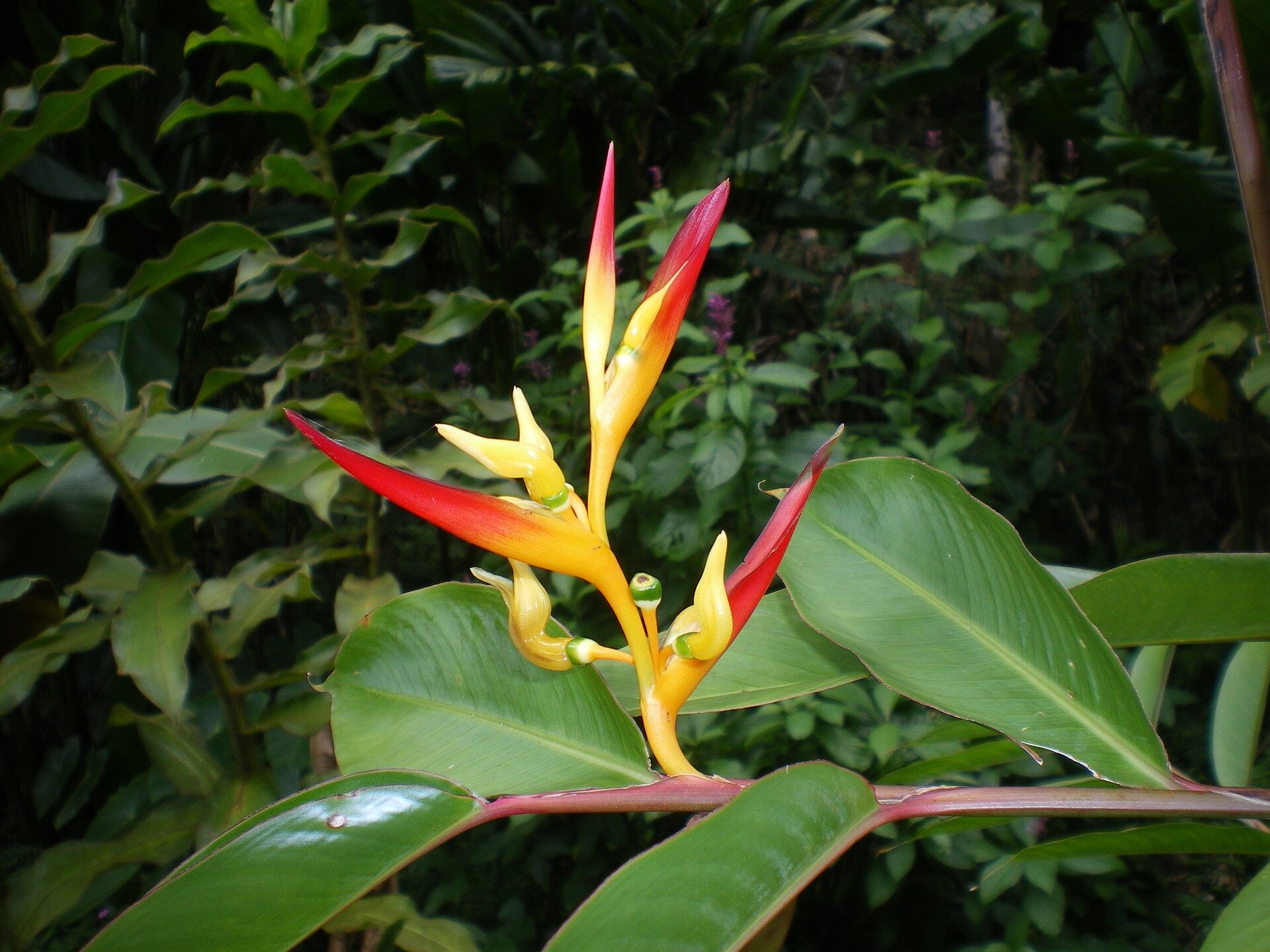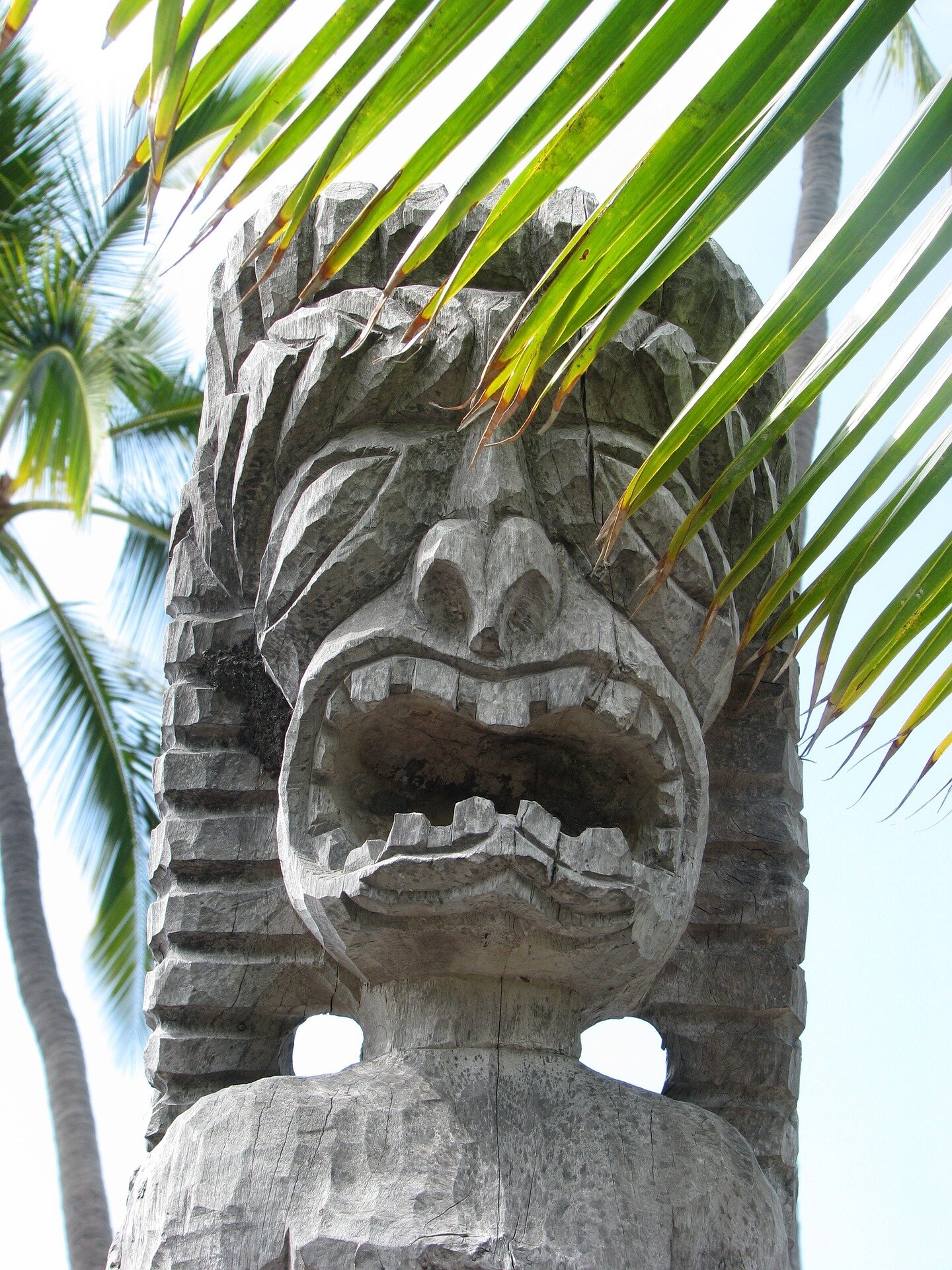UWL Outdoor Recreation and Leadership Development
Big Island, Hawaii
Estimated May 8 - 15, 2021
The Big Island of Hawaii
137 islands and atolls stretching across 1,500 miles together form the Hawaiian archipelago, yet only 7 are inhabited by today’s Hawaiian population. Hawai’i -- also called The Big Island -- is the largest geographically and home to some of the most diverse ecosystems of the region. From Kiluaea, one of the world’s most active volcanoes, to Mauna Kea with a summit just under 14,000 feet, it’s obvious why so many people hope to experience the natural beauty and energy found on the island.
The Big Island of Hawaii presents the incredibly unique opportunity to explore the biodiversity, geographical variety and cultural beauty of the Hawaiian people and their island home. Students will expand leadership skills, apply risk management theory to diverse environments, work collaboratively to practice and fine-tune facilitation techniques and learn from start to finish the care and detailed work of outdoor recreational management.
This program will provide learners from both the education and recreational tracks opportunities to expand their learning outside of the classroom. Two learning cohorts will travel to Hawaii at the same time, yet will participate in daily activities focused on specific learning objectives aligned to each program.
Outdoor rec and leadership cohort, a closer look
The Outdoor Leadership Cohort is designed for future leaders passionate about experiential, place-based adventure education in both domestic and international settings. This learning experience will support students develop stronger interpersonal skills required to work within the dynamic environment of outdoor recreation and experiential education. Students will work side by side with our instructor team in the field learning everything there is to know about successfully facilitating outdoor adventure activities. Students will learn how to tackle logistics for a large group, apply risk management policies, lead initiatives with getting to know you activities, group bonding, personal growth and debrief activities, and expand communication skills needed to connect with local experts and resources promoting cultural connections.
Cohort Learning Objectives:
Increase understanding and create daily plans incorporating activity goals, risk management, logistics and debrief activities.
Participate in leadership development initiatives including self-reflection activities determining leadership styles, how to facilitate group activities and how to lead debrief dialogues with participants which encourage inclusion, reflection, sharing, growth and development.
Participate in workshops with a focus on: career development, leadership development, risk management and current events in the recreational industry and community development.
Participate in outdoor adventures incorporating experiential education to each: combining geography/geology while hiking across lava fields, biology and marine life studies combined with oceanography and snorkeling in the local lagoons/reefs, astronomy while participating in a star gazing workshop atop the mountain of Mauna Kea and cultural studies at the local historical and cultural sites around the island.
Gain a higher understanding of the behind-the-scenes preparations and logistics required to run a successful program.
Learn how to develop, teach and implement basic risk management procedures.
Gain real world experience while expanding comfort zones during a field expedition in Hawaii.
Embody what it means to be a sustainable tourist while traveling and building cross-cultural connections.
Improve problem-solving skills, build confidence and take on greater leadership role.
Expand communication skills in both small and large group settings.
Certifications Earned on this expedition
Certificate in Sustainable Tourism — students will learn the main principles of how to interact with both urban and wilderness settings leaving as minimal impact as possible. Students will be able to both implement best practice into their daily actions and further lead by example for other travelers near and far.
Risk Management Level 1 — learning to assess risk is a potentially life-saving skill Global Treks feels everyone should practice even in their normal day-to-day surroundings. Global Treks students will be learn how to perform an objective analysis at the introductory level prior to participating in any type of adventure or outdoor activity providing crucial training to take forward on their professional or recreational paths. This certification serves as the prerequisite for the Global Treks Risk Management Level 2 Training Course.
What to expect (A typical Day)
Have breakfast and prep for the day (get gear and food together)
Participate in morning workshops on leave no trace and risk management, and facilitation techniques.
Run through risk management for the days activities.
Day’s main activity may include: a visit to a cultural center or historical site and make local contacts, a hike through lava fields and/or rainforests or a visit to one of Hawaii’s many reefs to snorkel and study ocean safety.
Eat dinner with the team
Evening debrief meeting and team bonding activities
Relax, prep for tomorrow and sleep
Lodging and transportation
All participants will be staying at the same resort-style housing complex in shared condos based on the dry (western) side of Hawaii in Kona. Housing is composed of a kitchen, living room, several bedrooms and bathrooms. The separate units provide plenty of space for everyone to spread out and enjoy the fresh ocean air! Amenities on-site include tennis courts, a beach, large swimming pool, ping pong table and a walking trail along the water to watch nightly sunsets.
The lodging location provides close access to epic snorkeling, restaurants and shops providing students with access to countless opportunities to further explore Kona after the conclusion of each day’s agenda. Large passenger vans and SUVs driven by the head instructors will be utilized for group transport for all activities, meetings, workshops and cultural gatherings.
travel Costs: $2,950
What’s included: The fee covers lodging, supplies, food, local transportation, and access to educational, natural history, and cultural centers. Basically, once we pick you up at the airport in Kona you would not have to spend a penny unless you would like to purchase souvenirs or other optional personal expenses.
What’s not included: Airfare transportation to Hawaii not included. We are more than happy to help you book your flight. Flights typically start around $400 depending on your location. We will meet you at the Kona airport (airport code KOA) with big signs that say “USL.”
*We are happy to assist with scholarship applications and university paperwork in order to receive credit.
Ready to sign up?
Hawaii Highlights
STILL CURIOUS?
Check out past intern’s videos of their research expedition to Iceland in 2017, 2018, and 2019. Our videographers will be present with select teams in Hawaii providing a glimpse into our tropical research hub near Kona.
What past participants have to say about their experience:
Molly M. | LEE University
"Now being done with school and having a degree in journalism and a passion for traveling, I've been in that stage of life where I'm looking for all different kinds of opportunities to use my skills and expand them as well. I just happened upon this company and trip, and immediately was blown away at all that gets done in just a week's amount of time in the coolest places all over the world. During my time on the boat, I felt so motivated and trusted which makes a huge difference. I feel like I have the fire to write and get work done for the sailing guide professionally and I believe this will put me in the direction I want to go in with travel writing. Personally, I am so grateful to be in a welcoming environment with patience and adventure."
Eric N. | Texas A&M
"My Global Treks experience was truly one of the best of my life. The trip gave me an incredibly valuable academic experience. I probably learned more about hands-on, geographical data collection during the 8 days with the team than I have in two years at A&M. Though I think that says more about value of quality field experience than it does about any lack of quality from university education, because universities courses are hugely valuable, but nothing can replace high quality field experience. Furthermore, I believe my experience with Global Treks will give me a significant edge when applying to future internships with National Geographic (fingers crossed) and graduate school.
Joseph B. | Baldwin Wallace University
"This expedition was an overall amazing experience and definitely one that will stick with me forever. I felt that throughout the trip, my expectations and goals were exceeded. Academically, I was able to conduct valuable field work in regards to both geology and GIS. To be in the field collecting and analyzing samples from a remote location is valuable knowledge that will only help me and help me grow further as an individual in the field of geology. As for GIS, this was the first of GPS tracking and collecting data, so to go into the field and actually learn hands on how to do so is invaluable. I consider myself a hands on learner, so this field work helped me exceptionally and it will help me in the long run to apply these new skills to further my education. Professionally, this expedition taught me how to do real life work outside of the classroom in a group setting and individually. Instead of just doing group work in the lab, I was outside in the field tracking in a team. As well as looking at rock formations and identifying rock types as an individual. Not to mention working as a team throughout the week on the sailboat. That alone took an innumerable amount of teamwork and camaraderie to get through the week. This helped so much especially going into a setting where we were all strangers. You can’t always pick who you work with and you must adapt to the setting and what you’re given. Thankfully, the team was amazing and it was so refreshing to work with such an awesome group of people. Personally, this trip overall was an amazing experience and it was definitely an adventure that helped me grow as an individual. Constantly helping others to accomplish a common goal is something I’m used to because of always being in a team setting, but never in this capacity. Sailing and living on a boat for a week was such an amazing experience and the lessons, memories, adventures, and experience will stick with me forever. I look forward to applying these skills in the future.
Where are they now?
Greg Farley
Greg was a researcher on the 2016 San Juan Islands expedition. He helped to build the GIS maps for the Naturalist Guide to the San Juan Islands. Greg now works as a Human Geographer and Geospatial Analyst for a federal agency.
Katherine Kavanaugh
Katherine was a researcher on our 2017 Iceland Research Expedition. She helped map some of the first hiking trails of our Trail Guide project. Katherine currently works with NASA mapping climate change.
Adam Weaver
Adam was a researcher on one of our Iceland research teams with the responsibility to explore Iceland’s dynamic history and economy. Adam now works for Patagonia in California.
Lauren Caine
Lauren jumped into Iceland’s Search and Rescue Teams and the world of disaster relief. Following the expedition, Lauren is now working with FEMA helping with disaster relief management around the United States.
Molly Mann
Molly was a researcher on the Spanish Virgin Islands team utilizing her passion for creative writing to capture life on the archipelago. Molly now works with a publication company in Nashville and maintains a travel blog.
Jackie Bussjaeger
Jackie was on our Apostle Islands research team. She researched and wrote about the history of the islands. Jackie now works with Global Treks as an editor as well as a writer for the White Bear Lake Newspaper.















